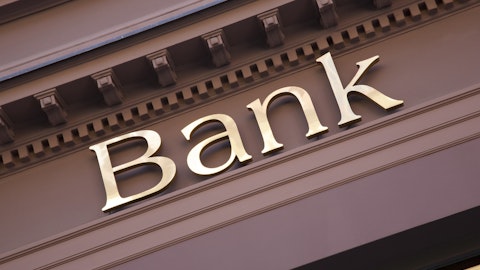Who is the ideal investor for your 3 different DIVCON ETFs?
LEAD is designed as a large-cap equity allocation. As a high-quality portfolio of just the companies most likely to raise dividends in the next 12 months, LEAD offers the potential for better downside protection as it holds many of the names that institutional managers are least willing to sell, even during downturns.
DFND offers investors more of a balanced return. It tracks the market but aims to reduce the downside by utilizing a continuous hedged component that shorts the stocks most likely to cut their dividends. DFND is great for investors looking to stay in the markets at all times or seek a solution during market underperformance.
GARD is meant for investors desiring some downside protection when the markets are in a negative environment, while offering upside when markets are positive. GARD was created to allow investors that want an automated portfolio component that can dynamically allocate in and out of the market depending on the market environment alongside a position in the highest quality dividend growers. It is an equity oriented substitute with a defensive aspect.
The DIVCON system had 2 metrics I’m not familiar with. The Repurchase / Dividend Ratio is one of them. How does this ratio work; is a higher ratio or lower ratio better for future dividend growth?
The Repurchase/Dividends ratio represents the ratio of the company’s allocations to stock repurchases vs. dividend payouts. Contrary to what you may think, a higher ratio is still better in this case as it shows the company has more financial resources available to allocate away from repurchases and into dividend increases. Considering share buyback programs are more voluntary than dividend payments, if earnings decline, the company with a share repurchase program and a dividend policy, can eliminate the share buybacks in order to maintain the dividend. The share repurchase program acts as a buffer to the potential for dividend cuts.
The other metric I’m not familiar with is the BBG Score. Can you explain this metric and how it works?
The Bloomberg Dividend Health Score is developed and maintained by Bloomberg. It serves as an alternative metric gauging the overall dividend health of publicly traded companies and is one of the seven factors we include in our DIVCON analysis. It is based on a scale of -100 (unhealthiest) to 100 (healthiest).
What is the expected portfolio turnover of your DIVCON system ETFs?
From 2001 through 2015, the average historical turnover was around 71% for the LEAD portfolio, 82% for the DFND portfolio and 97% for the GARD portfolio. Each underlying portfolio is rebalanced once a year in December. However, ETFs are more tax efficient than mutual funds due to the process of how new shares are created/redeemed. When an investor redeems shares of a mutual fund, the issuer must sell securities to raise the cash needed for that redemption this creates a taxable event for all shareholders in the fund.
When an investor sells an ETF, it is simply sold to another investor on the open market just like a stock, meaning no capital gains transaction is involved for the ETF issuer, only for the individual participant selling shares. And it’s even more beneficial to ETF issuers when Authorized Participants (APs) redeem shares. Issuers typically pay the AP “in kind,” delivering the underlying holdings of the ETF, avoiding the taxable event. To further illustrate this point, ETF.com compared emerging market mutual funds to emerging market ETFs over the past two decades, and the average mutual fund paid out 6.46% of its NAV in capital gains to shareholders each year, while the average ETF paid out only 0.01% over the same stretch.
The Guard Indicator on your GARD ETF is interesting. How did you come up with it? Will you explain in brief to my audience how it works?
When developing the Guard Indicator, we sought to create a quantitative market timing system capable of capturing big moves in the markets before they happened through the use of probability. The Guard Indicator works by identifying periods of downtrend across the S&P 500 sectors by analyzing two factors, downside deviation in volatility and the momentum on each of the 11 broad market sectors.
When nine or more of the sectors have a positive Guard Score, the Guard Indicator forecasts a broad market upswing. When eight or fewer of the sectors have a positive Guard Score, the Guard Indicator points toward possible market weakness. Investors can shift to defensive assets or go short during the periods when the Guard Indicator signals a bear market, bringing the potential for improved risk adjusted returns. We wrote a paper describing the precise mechanics and results of the GARD methodology on our www.realitysharesadvisors.com/gard website. The GARD indicator is by no means perfect, it works on probabilities. As an example, we tested the methodology back to the 1950s, GARD would have avoided over 65% of the bear markets.
This is the premise behind the dynamic hedge for the GARD ETF. The underlying portfolio securities are based on the DIVCON dividend health model. The GARD ETF is invested 100% long in the DIVCON Leader stocks when the Guard Indicator shows a positive market environment, and it switches to 50% long/50% short position when the Guard Indicator shows a negative market environment. Considering that over time, stocks generally go up, this strategy makes a lot of sense: Long when markets are healthy and hedged when market risks are elevated.





